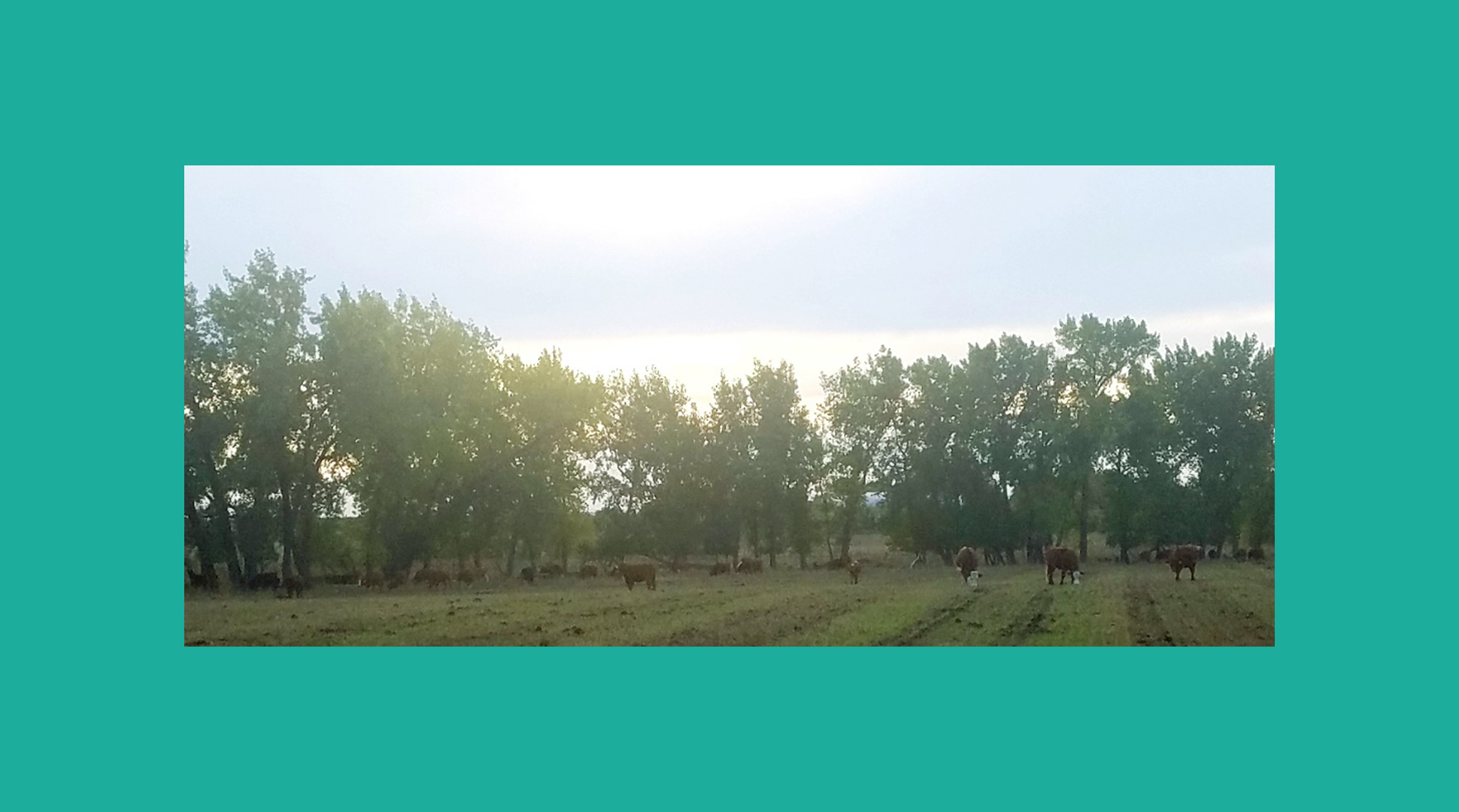By Heather Lang
As farmers, our job is to continually improve so we can grow more food on less acres of land. It’s a big task but there are many techniques we use to help us achieve that goal. Using fertilizers on the soil has been something that has been practiced for years with farmers using it on their fields and gardeners seeking it for their gardens.
We are constantly trying to preserve and improve our land’s soil health. Years ago, our farm made the decision to become a no-till operation meaning that there is less soil erosion, less soil compaction while leaving a healthier soil composition. If you visit our farm in the fall time you may witness trucks of manure being hauled out or you might be passing by one of our fields and see them spreading the manure on the field, but you might not know why.
The act of spreading manure on the fields is called “topdressing.” Crops take nutrients from the soil and therefore that soil needs to be replenished. Corn stalks, husks, leaves, etc. will decompose back into nutrients in the soil, however, the grain will need those nutrients replaced for next year’s crops.
Manure management benefits our farm because we have the manure sources right here, our fields are relatively close to the farm plus we have crop rotations that carefully utilize all the applied nutrients from the manure.
Manure returns nutrients such as nitrogen, phosphorus, potassium plus a host of micro-nutrients back into the soil which is the needed effective growing medium to make next year’s crop strong, healthy and abundant.
By using the animal waste that has been produced here on our farm by our animals, we don’t have to purchase fertilizers. The fertilizer produced by our livestock improve the structure of the soil along with increasing the ability to hold water and nutrient retention. Where it is not feasible to haul manure to we will use synthetic fertilizers.
